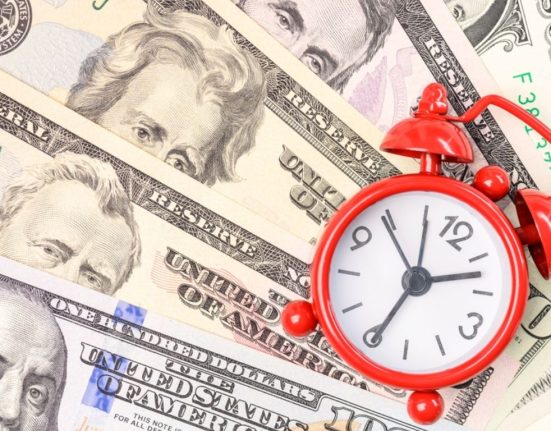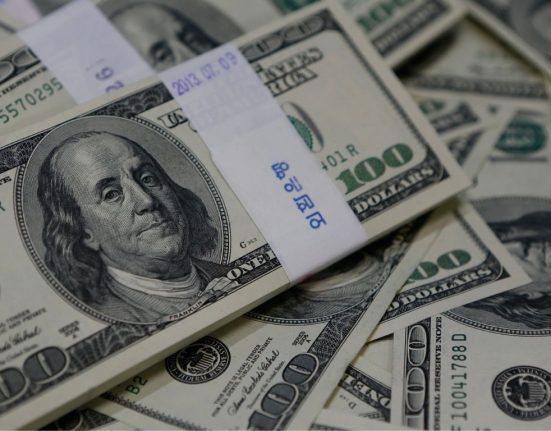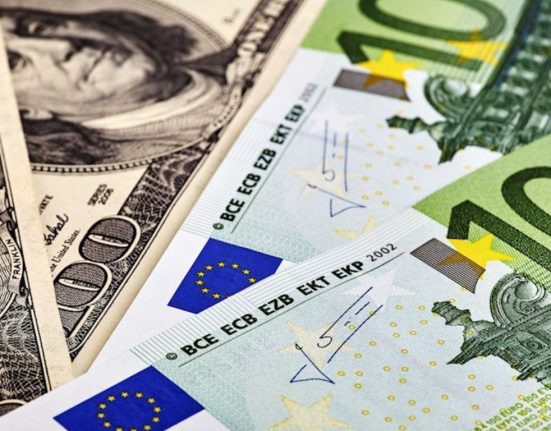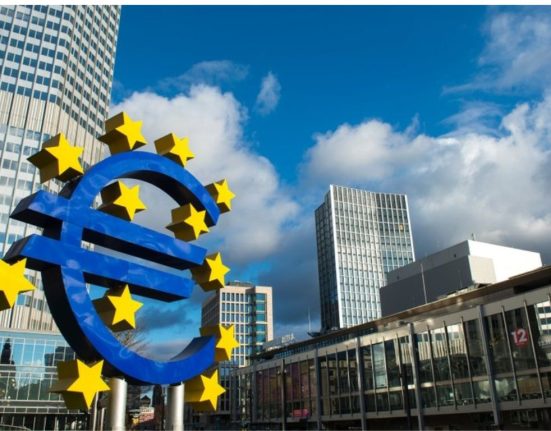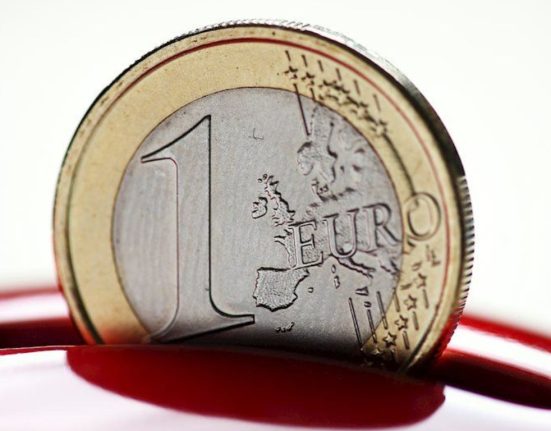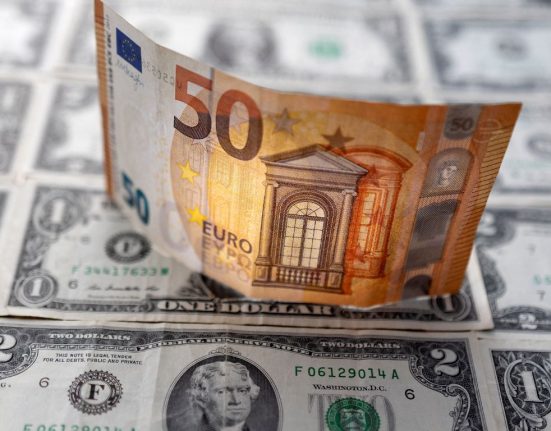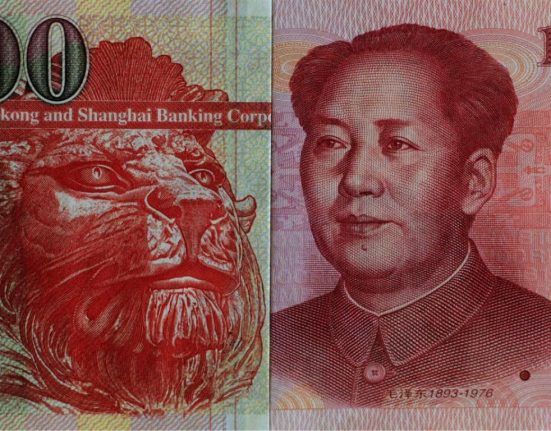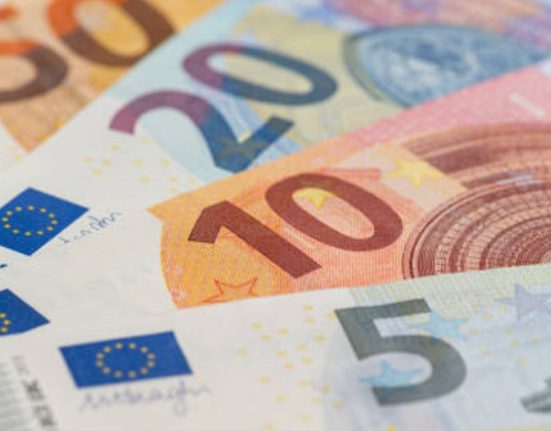Introduction
The euro has demonstrated a remarkable resurgence, reclaiming its strength in the foreign exchange market. On Wednesday, the single currency experienced a significant boost, propelling the EUR/USD currency pair to the 1.0790 region. This article delves into the driving forces behind the euro’s newfound poise, analyzes the implications of this upward movement, and explores the potential factors that may sustain or hinder its progress.
Factors Driving the Euro’s Recovery
Positive Market Sentiment Fuels Euro’s Ascendancy
One of the primary factors contributing to the euro’s recent resurgence is the prevailing positive market sentiment. Improved investor confidence, supported by an optimistic economic outlook, has bolstered demand for the single currency. The gradual recovery from the global economic downturn, increased vaccination rates, and successful implementation of fiscal and monetary stimulus measures have all played a role in fostering a favorable environment for the euro. Additionally, the European Central Bank’s commitment to maintaining accommodative monetary policies has added further support, boosting the attractiveness of the euro.
Relative Stability in Eurozone Strengthens Euro
Another key driver of the euro’s regained poise is the relative stability witnessed within the Eurozone. Political developments, such as the resolution of trade disputes and improved relations among member states, have alleviated uncertainties that previously weighed on the euro. In addition, the Eurozone’s recovery from the financial crisis has gained momentum, with economic indicators pointing towards steady growth and improved business conditions. These factors have enhanced the perception of the Eurozone as a stable and lucrative investment destination, consequently attracting capital inflows and bolstering the euro’s value.
Divergent Monetary Policies Influence EUR/USD Exchange Rate
The divergent monetary policies pursued by the European Central Bank (ECB) and the United States Federal Reserve have also contributed to the movements in the EUR/USD exchange rate. While the ECB has maintained its accommodative stance, focusing on supporting economic recovery, the Federal Reserve has hinted at potential tightening measures to curb inflationary pressures. This disparity in policy approaches has resulted in a relative strengthening of the euro against the US dollar, as investors anticipate a potential interest rate hike by the Federal Reserve in the near future. The resulting interest rate differentials and yield differentials between the two currencies have influenced market sentiment, favoring the euro’s ascent.
Implications and Outlook
Enhanced Export Competitiveness for Eurozone
The euro’s resurgence against the US dollar holds significant implications, particularly for the Eurozone’s export sector. A stronger euro can make Eurozone goods relatively more expensive in international markets, potentially dampening export volumes. However, the relative stability and positive economic outlook of the Eurozone, combined with the euro’s regained strength, have positioned Eurozone exporters in a favorable position. The enhanced competitiveness resulting from the lower relative cost of Eurozone goods can help drive export growth, boosting economic recovery and strengthening the overall Eurozone economy.
Potential Impact on Inflation and Monetary Policies
The upward movement of the euro against the US dollar may also impact inflation and monetary policies in both regions. A stronger euro can exert downward pressure on imported inflation, potentially leading to lower consumer prices within the Eurozone. This scenario may influence the ECB’s decision-making process regarding future monetary policy measures. Conversely, in the United States, a weaker US dollar can contribute to higher import prices, potentially fueling inflationary pressures. The Federal Reserve’s response to such dynamics may involve tightening monetary policy to curb inflation, including potential interest rate hikes. As the EUR/USD exchange rate continues to evolve, central banks in both regions will carefully monitor these developments and adjust their policies accordingly.
Conclusion
The euro’s resurgence and its impact on the EUR/USD currency pair have highlighted the currency’s resilience and the Eurozone’s improving economic prospects. Positive market sentiment, relative stability within the Eurozone, and divergent monetary policies have all contributed to the euro’s regained poise against the US dollar. While the implications of this upward movement vary, the Eurozone’s enhanced export competitiveness and potential implications for inflation and monetary policies are significant factors to consider. As the euro continues to assert its strength in the foreign exchange market, investors and policymakers alike will closely monitor future developments, anticipating a brighter future for the single currency and the Eurozone economy as a whole.

